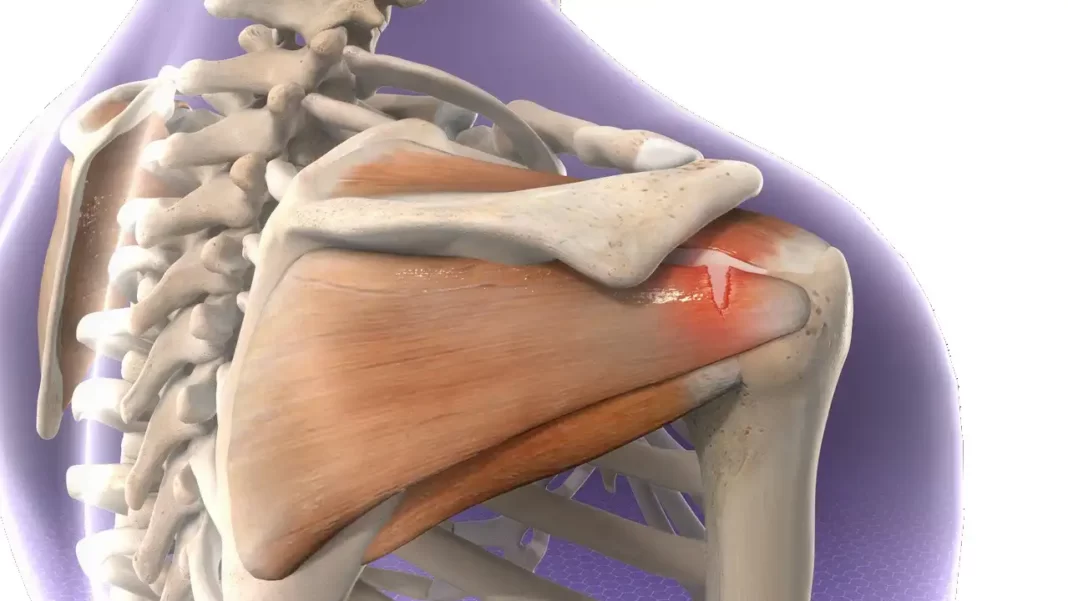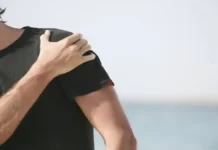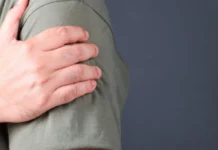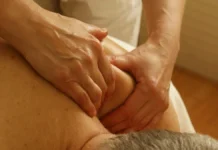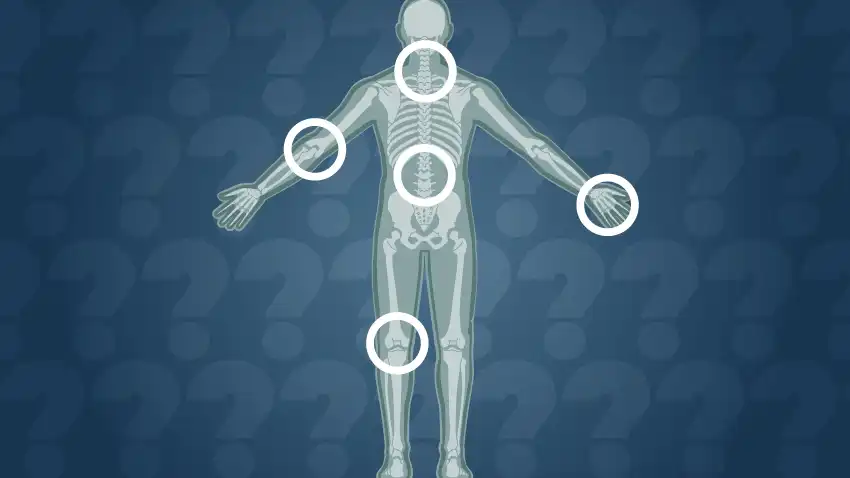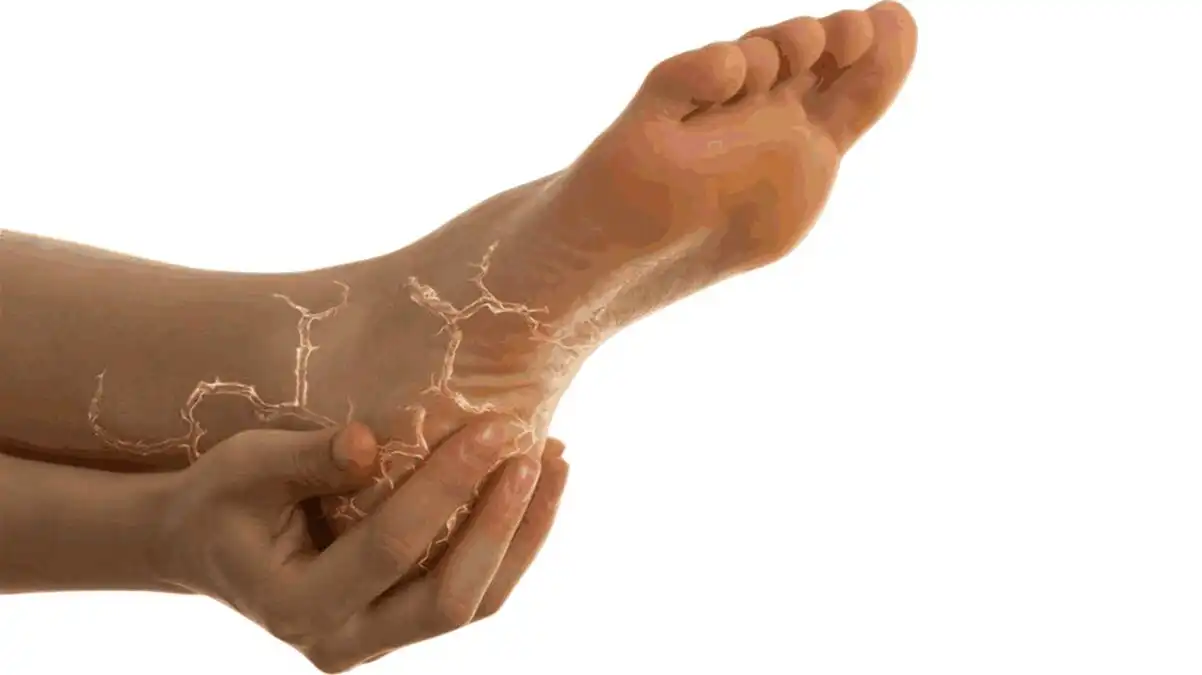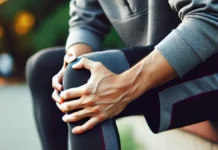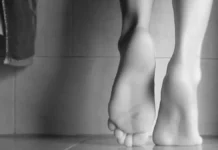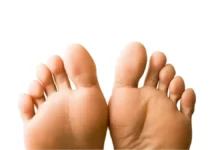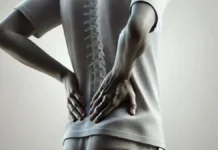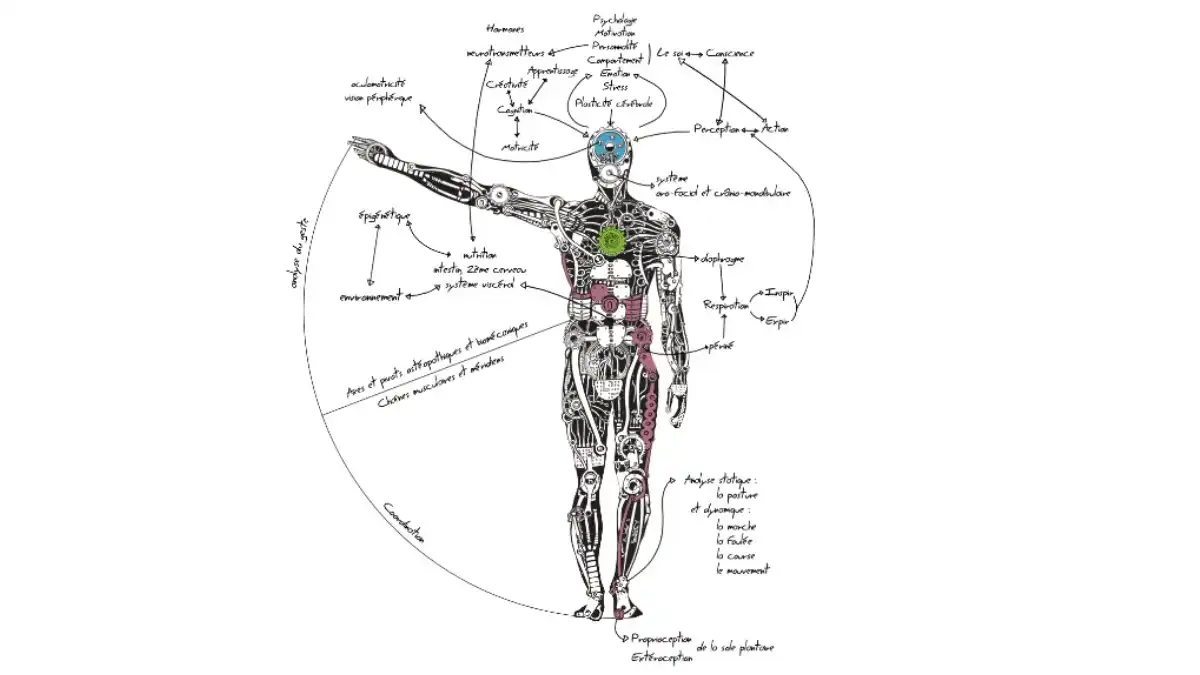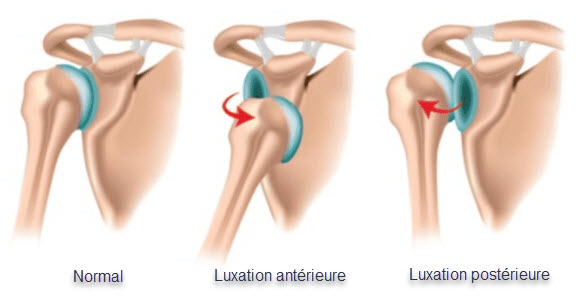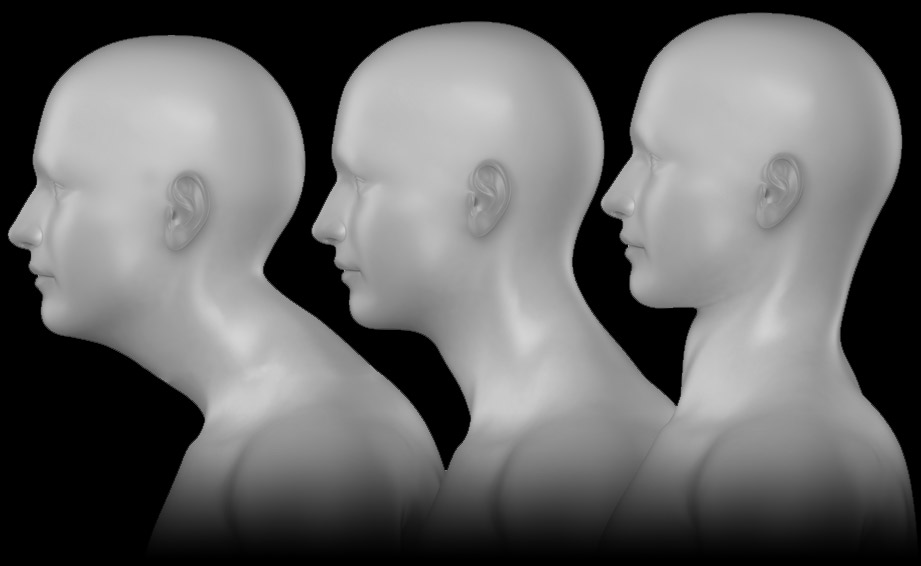Introduction
Rotator cuff tear is a condition that involves a partial or complete rupture of the tendons and muscles surrounding the humeral head, causing a loss of arm elevation. The rotator cuff muscles, along with the greater deltoid muscle, play a crucial role in shoulder movement and stability, particularly during arm elevation.
The rotator cuff muscles include the subscapularis, supraspinatus, infraspinatus, and teres minor. They form a set of tendons that surround the head of the humerus and help maintain the stability of the shoulder joint. These muscles are used during various arm movements, such as elevation, rotation and abduction.
A rotator cuff tear can occur as a result of a variety of factors, including traumatic injuries, repetitive motion, age-related degeneration, or a combination of these. Athletes, especially those playing sports that require constant arm movement, such as baseball or tennis, are susceptible to developing this condition. Additionally, natural aging of the tendons can also contribute to weakening of the rotator cuff.
Symptoms of a rotator cuff tear can vary depending on the severity of the injury. Sufferers may experience persistent shoulder pain, muscle weakness, decreased mobility, and difficulty raising their arm above their head. In severe cases, a complete tear can lead to significant loss of shoulder function.
Diagnosing a rotator cuff tear usually involves a thorough clinical examination, a patient’s medical history, and imaging tests such as MRI or ultrasound. These tests allow healthcare professionals to visualize the extent of the lesion and evaluate the best treatment plan.
Treatment for a rotator cuff tear can be conservative or surgical, depending on the severity of the injury. In less severe cases, non-surgical options such as osteopathy, anti-inflammatories and physical activity modifications may be recommended to relieve pain and improve muscle strength. For larger tears, rotator cuff repair surgery may be necessary to restore functionality to the shoulder.
Post-surgical rehabilitation is often essential to ensure optimal recovery. Patients can complete a rehabilitation program supervised by a physical therapist to gradually strengthen the rotator cuff muscles and improve shoulder stability. It is important to note that the success of treatment depends on various factors, including the severity of the tear, the age of the patient, and compliance with rehabilitation recommendations.
In conclusion, a rotator cuff tear is a condition that can have a significant impact on shoulder function. Appropriate management, whether conservative or surgical, combined with adequate rehabilitation, is crucial to optimize outcomes. People experiencing symptoms of a rotator cuff tear should consult a healthcare professional for an accurate diagnosis and treatment plan tailored to their individual situation.
Rotator cuff
The rotator cuff is a group of muscles and tendons located in the shoulder. These muscles work together to stabilize the shoulder joint and allow a range of motion. Here is a brief description of the rotator cuff muscles:
- Supra spinatus: Located at the top of the shoulder, the supra spinatus allows the initial abduction of the arm (moving away from the body). It is also crucial in the stability of the joint.
- Infraspinatus: Located on the lower part of the scapula, this muscle facilitates external rotation of the arm. It works in coordination with the small circle (teres minor).
- Teres minor (Teres minor): Adjacent to the infraspinatus, the teres minor also contributes to external rotation of the arm and stabilization of the shoulder joint.
- Subscapularis: Placed inside the scapula, the subscapularis allows internal rotation of the arm. It plays a major role in shoulder stability during various movements.
These muscles work in a coordinated manner to hold the humeral head (arm bone) securely in the glenoid socket (part of the shoulder blade) during arm movements. The rotator cuff is essential for the stability of the shoulder joint, and it is often used in daily activities as well as in sporting movements. Injuries or dysfunctions to the rotator cuff can lead to shoulder problems, such as tendinitis, tears, and other conditions.
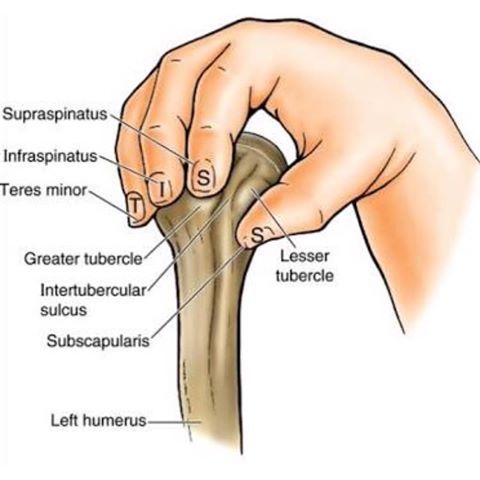
In this image, the right hand is cupping the head of the humerus, with each finger representing a key muscle of the rotator cuff:
Thumb (Subscapularis): Responsible for internal rotation of the humerus.
Index Finger (Supraspinatus): Aids in abduction and stabilizing the shoulder joint.
Middle Finger (Infraspinatus): Assists in external rotation and stabilization.
Ring Finger (Teres Minor): Works alongside the infraspinatus in external rotation.
This hand position serves as a handy mnemonic for remembering the major muscles that provide stability and movement to the shoulder joint.
Supraspinatus
Most affected muscle, reason:
- The subacromial space is very restricted and the supraspinatus tendon is more likely to be compressed. A tendon that undergoes repetitive compression will eventually have poor circulation and be more prone to tears.
- Circulation near the supraspinatus tendon attachment is compromised and decreases healing time if it becomes injured, making the tendon more susceptible to tears.
- Being more susceptible to injury, the progressive degradation of the supraspinatus tendon fibers will eventually lead to its calcification. Calcified tendinitis of the supraspinatus is the most common in the shoulder.
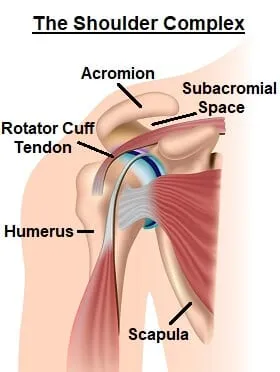
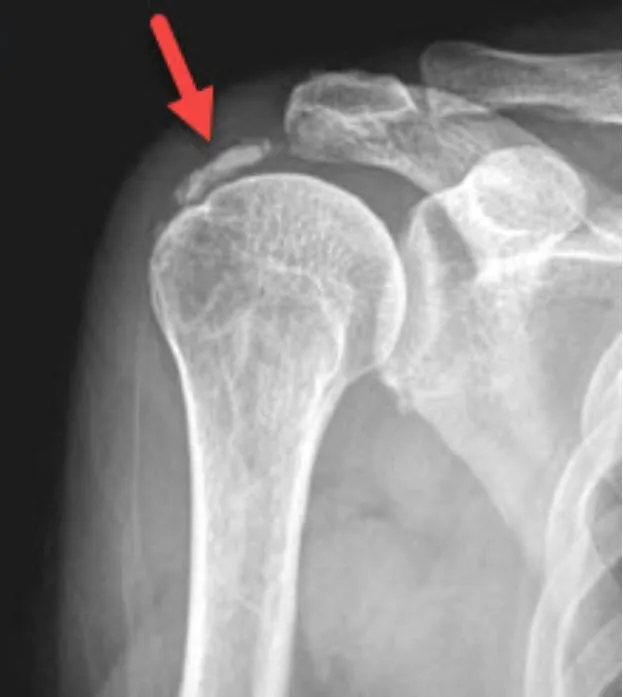
Functions of the rotator cuff
The rotator cuff plays a vital role in the stability and movement of the shoulder joint. The main functions of the rotator cuff include:
List of fonctions:
- Shoulder Joint Stabilization: The rotator cuff is crucial for maintaining the stability of the shoulder joint. These muscles work synergistically to keep the humeral head (the upper arm bone) centered in the glenoid socket (the part of the shoulder blade) during arm movements.
- Arm Abduction: The supraspinatus muscle is particularly involved in the initial abduction of the arm, allowing the arm to be raised to the side, away from the body.
- External Rotation of the Arm: The infraspinatus and teres minor (teres minor) work together to facilitate external rotation of the arm. This action is important in movements such as spreading the arm out to the side.
- Internal Rotation of the Arm: The subscapularis is responsible for internal rotation of the arm, such as when the arm is rotated towards the inside of the body.
- Dynamic Stability: The rotator cuff provides a form of dynamic stabilization, constantly adjusting the position of the humeral head during movement to prevent subluxation or dislocation of the joint.
- Arm Activity Support: These muscles are used in a variety of daily and sporting activities, including throwing, lifting, reaching, and other movements involving the arm.
- Injury Prevention: By contributing to shoulder stability, the rotator cuff helps prevent injuries such as tendinitis, muscle tears and other conditions associated with joint instability.
- Fine Coordination of Movements: The rotator cuff allows fine coordination of arm movements by constantly adjusting the position of the humeral head to adapt to the demands of different activities.
- Range of Motion: The rotator cuff contributes to the wide range of motion of the shoulder, including elevation, rotation, and abduction of the arm. It allows the range of movement necessary for many daily activities.
- Muscular Balance: Proper balance between the rotator cuff muscles and surrounding muscles is crucial for shoulder stability. Any imbalance can increase the risk of injury or joint dysfunction.
- Subluxation Prevention: The rotator cuff muscles act as dynamic stabilizers that prevent subluxation (partial displacement) of the humeral head out of the glenoid socket during arm movements.
- Strength and Power: Although relatively small compared to some other muscles, the rotator cuff muscles contribute significantly to overall shoulder strength and the power of arm movements.
- Reduction of Joint Stress: By stabilizing the shoulder joint, the rotator cuff helps reduce unwanted stress on joint structures, thereby helping to prevent premature wear.
- Coordination with Other Muscles: The rotator cuff muscles work in coordination with other muscle groups in the shoulder to ensure optimal joint mechanics during various movements.
- Rehabilitation After Injuries: When rehabilitating after shoulder injuries, strengthening and rehabilitating the rotator cuff are often essential components in restoring normal function to the joint.
- Posture Support: The rotator cuff helps maintain proper shoulder posture, preventing unnecessary strain on surrounding structures.
Pathophysiology of the rotator cuff
- Aging and Degeneration: Natural aging is one of the main contributors to rotator cuff pathophysiology. As we age, the rotator cuff tendons undergo degenerative changes, lose elasticity, and become more prone to injury.
- Repetitive Microtrauma: Repetitive movements of the arm, particularly during professional or sporting activities, can lead to repetitive microtrauma to the rotator cuff tendons. This can lead to chronic inflammation and tissue damage.
- Decreased Vascularization: Rotator cuff tendons have relatively low vascularity compared to other tissues, which can affect their ability to regenerate and heal after injury. Decreased vascularity contributes to difficulty in recovery.
- Subacromial Compression: When the arm is raised, the space between the acromion (part of the shoulder blade) and the head of the humerus may become smaller. This can cause compression of the rotator cuff tendons, increasing the risk of injuries and tears.
- Shoulder Instability: Instability of the shoulder joint may contribute to rotator cuff pathophysiology. Insufficient stability can cause increased friction and stress on the tendons, eventually leading to injury.
- Poor Posture and Muscle Imbalances: Poor posture, muscular imbalances and biomechanical defects can place uneven pressure on the rotator cuff tendons, increasing the risk of injury.
- Chronic Inflammation: Constant irritation from repetitive movements or microtrauma can lead to chronic inflammation of the rotator cuff tendons. Prolonged inflammation can contribute to tissue degeneration.
- Genetic Factors: Some individuals may have a genetic predisposition to develop rotator cuff problems, such as a particular anatomical structure or increased inflammatory response.
- Metabolic Factors: Metabolic factors such as endocrine or metabolic disorders can influence the health of connective tissues, including the rotator cuff tendons.
Causes of rotator cuff tear
- Aging: The natural aging process can lead to progressive degeneration of the rotator cuff tendons. As we age, tendons can lose elasticity and become more susceptible to tears, especially in people over 60.
- Progressive Wear: Repetitive arm movements in certain activities or occupations, such as frequent lifting or rotating movements, can cause progressive wear of the rotator cuff tendons, increasing the risk of rupture.
- Acute Trauma: Trauma such as falls on the outstretched arm, car accidents or direct impacts to the shoulder can cause an immediate tear of the rotator cuff.
- Overuse: Excessive use or repetitive activities can cause overuse of the rotator cuff muscles, increasing the risk of tearing.
- Incorrect Movements: Inappropriate movements, especially during physical activities or sports, can put excessive pressure on the rotator cuff tendons, eventually leading to rupture.
- Genetic Factors: Some individuals may have a genetic predisposition to developing rotator cuff problems, which can increase the risk of tearing.
- Decreased Tissue Quality: Factors such as smoking, poor diet and other lifestyle habits can contribute to the decline in connective tissue quality, thereby increasing the vulnerability of tendons.
- Degenerative Conditions: Degenerative conditions such as shoulder osteoarthritis can contribute to rotator cuff tear due to degenerative changes in the joint structures.
- Anatomical Defects: Some individuals may have congenital anatomical defects that increase pressure on the rotator cuff tendons, increasing the risk of tearing.
Symptoms of rotator cuff tear
- Shoulder Pain: Shoulder pain is one of the most common symptoms of rotator cuff tear. The pain may be felt in the front, side, or back of the shoulder, and it may be acute or chronic.
- Muscle Weakness: A rotator cuff tear can lead to muscle weakness, especially when trying to raise or move the arm. The strength of the affected arm may decrease significantly.
- Difficulty Raising the Arm: People with a rotator cuff tear may have difficulty raising their arm, especially overhead. This difficulty may be particularly noticeable during activities such as combing your hair or reaching overhead objects.
- Crepitation or Rattling: Some individuals may experience a crepitation or clicking sensation in the shoulder during certain movements. This may be due to abnormal friction of the joint surfaces.
- Decreased Mobility: Rotator cuff tear can lead to decreased shoulder mobility. Rotation and elevation movements of the arm may be restricted.
- Nighttime Pain: Some individuals may experience increased pain during the night, particularly when trying to sleep on the affected side.
- Muscle Atrophy: Over time, an untreated rotator cuff tear can lead to atrophy (decreased muscle mass) of the shoulder muscles.
- Pain When Using the Arm: Pain may be worse when using the arm, especially during activities that involve overhead arm movements, such as throwing an object.
- Tearing Sensations: Some people may describe tearing or tearing sensations at the time of the initial injury.
Differential diagnoses of rotator cuff tear
- Rotator Cuff Tendinitis:
- Explanation: Rotator cuff tendinitis involves inflammation of the tendons rather than tearing. Symptoms such as pain and limitation of movement may be similar to those of a rupture, but the structure of the tendons is usually intact.
- Shoulder Bursitis:
- Explanation: Shoulder bursitis is an inflammation of the synovial bursa, which is a small pocket of fluid near the rotator cuff. Symptoms include shoulder pain and may be mistaken for a rupture.
- Carpal Tunnel Syndrome:
- Explanation: Although carpal tunnel syndrome is associated with the wrist, it can cause symptoms such as numbness and tingling in the arm, which can be confused with symptoms of a shoulder injury.
- Shoulder Osteoarthritis:
- Explanation: Osteoarthritis of the shoulder can cause shoulder pain and decreased mobility, similar to that of a rotator cuff tear. However, the underlying mechanisms are different.
- Pinching of the Suprascapular Nerve:
- Explanation: A pinched suprascapular nerve can cause similar symptoms, such as pain and weakness in the shoulder. This may be due to compression of the suprascapular nerve rather than tearing of the tendons.
- Adhesive Capsulitis (Frozen Shoulder):
- Explanation: Adhesive capsulitis causes significant limitation of shoulder mobility due to inflammation and thickening of the joint capsule. Although the symptoms may resemble those of a breakup, the underlying mechanisms differ.
- Injury of the Long portion of the Biceps:
- Explanation: An injury to the long head of the biceps can cause shoulder pain and arm weakness. Symptoms may be similar to those of a rotator cuff tear.
Diagnosis and treatment
Diagnosis and treatment of a rotator cuff tear usually involves a multidisciplinary approach, with the involvement of medical professionals such as doctors, physical therapists and orthopedists. Here is a general overview of the diagnosis and treatment of this condition:
Diagnostic
- Physical examination:
- The doctor will begin by performing a physical exam to assess shoulder mobility, muscle strength, and look for signs of pain or inflammation.
- Medical imaging:
- Imaging tests such as MRI (magnetic resonance imaging) or ultrasound may be used to confirm the diagnosis and assess the extent of the tear.
Classification of Tears:
- Partial or Total Tear:
- Depending on the severity, the tear can be partial or total.
- Tear Size:
- It can be classified based on the size of the tear, from small to massive.
Treatment
- Conservative Treatment:
- Rest and Ice: Initial rest and application of ice can help reduce inflammation.
- Anti-inflammatories: Nonsteroidal anti-inflammatory drugs (NSAIDs) may be prescribed to relieve pain and inflammation.
- Physical Therapy:
- A physical therapy program is often recommended to strengthen surrounding muscles, improve shoulder stability, and restore range of motion.
- Corticosteroid injection:
- In some cases, corticosteroid injections may be used to reduce inflammation.
- Surgery:
- Surgery may be considered in cases of severe tearing or tearing that does not respond to conservative treatment.
- Surgical procedures include rotator cuff repair, sometimes performed arthroscopically.
- Post-Surgical Rehabilitation:
- Post-surgical rehabilitation is essential to restore muscle strength, mobility and prevent future injuries.
- Other Treatment Modalities:
- Other approaches, such as acupuncture, chiropractic and massage therapy, may be considered to help with pain management and recovery.
Prevention and Continuing Care
- Strengthening Exercises:
- Once healing is advanced, strengthening exercises can be incorporated to prevent recurrence.
- Patient Education:
- Patients are educated on good postural practices, movements to avoid and strategies to prevent future trauma.
- Medical monitoring:
- Regular follow-up visits with the doctor and physical therapist are important to monitor progress and make adjustments to the treatment plan if necessary.
It is important to note that each case of rotator cuff tear is unique, and treatment must be tailored to the specific needs of each patient. A thorough medical evaluation is crucial to determining the best treatment plan.
Suggested Readings on Rotator Cuff Tear
English
- “Shoulder Pain?” The Solution & Prevention, Fourth Edition” by John M. Kirsch, MD: This book offers information on shoulder problems, including rotator cuff tears, and explores non-surgical approaches to pain management .
- “Your Orthopedic Connection: Rotator Cuff Tears” by the American Academy of Orthopedic Surgeons: This online resource provides detailed information about rotator cuff tears, symptoms, diagnoses and treatment options.
- “The Athlete’s Shoulder” by James R. Andrews, MD, and Kevin E. Wilk, PT: This book focuses on shoulder problems in athletes, including rotator cuff injuries, and offers advice on management and prevention.
- “Clinical Orthopedic Rehabilitation: A Team Approach” by Charles E. Giangarra, Robert C. Manske, and Robert C. Manske: This orthopedic rehabilitation manual covers various conditions, including rotator cuff tears, with emphasis on treatment and rehabilitation approaches.
- “Rotator Cuff Deficiency of the Shoulder” by Andreas B. Imhoff, MD, and Augustus D. Mazzocca, MD: This book delves into the clinical and surgical details of rotator cuff tears, providing specialized information for healthcare professionals. health.
- “The Rotator Cuff Solution” by Edward G. McFarland, MD, and Chris Nixon: This book offers practical tips and exercises for rotator cuff rehabilitation, with the goal of restoring strength and function to the rotator cuff. shoulder
Exercises and stretching
When dealing with a rotator cuff tear, it is important to follow exercises and stretches that aim to strengthen the surrounding muscles while improving shoulder flexibility. However, it is crucial to consult a healthcare professional, such as a physical therapist or doctor, before beginning any exercise program, as each case may require a specific approach depending on the severity of the tear and other factors. .
Here are some exercises and stretches that are often recommended to help treat a torn rotator cuff. These exercises should be performed with caution and within acceptable pain limits. If pain persists or worsens, it is important to consult a healthcare professional.
Strengthening Exercises
- Light lateral raises:
- Hold a small dumbbell in each hand.
- Slowly raise your arms out to the sides to shoulder height.
- Lower your arms slowly.
- External rotation with elastic band:
- Tie one end of an elastic band to a stable surface.
- Hold the other end in the opposite hand.
- Flex the elbow to 90 degrees and externally rotate against resistance.
- Front raises with elastic band:
- Attach the elastic band to a low surface.
- Hold the other end with both hands.
- Raise your arms in front of you against the resistance of the band.
- Y, T, I with dumbbells:
- Lie on a 45-degree incline bench, holding dumbbells in each hand.
- Form the letters Y, T, and I with your arms to work different rotator cuff muscles.
Stretching
- Stretching the wall corner:
- Stand in a corner of the room with your forearm against each wall.
- Gently lean forward to stretch the rotator cuff.
- Crossed arm stretch:
- Bring the injured arm across the chest with the help of the other arm.
- Hold the position to stretch the muscles.
- Internal rotation stretch:
- Place the injured arm behind your back.
- Use the other hand to apply light pressure to the arm to stretch internal rotation.
- Elevation Stretch:
- Raise the injured arm to the side.
- Use the other hand to apply light pressure to the arm to stretch the rotator cuff.
These exercises and stretches aim to strengthen and stretch the rotator cuff muscles while respecting pain limits. It is important to progress gradually and consult a healthcare professional for personalized advice.
Quizzes
Questinnaire
- What is a rotator cuff tear?
a. Rupture of abdominal muscles
b. Partial or complete rupture of the tendons surrounding the humeral head
c. Scapula fracture - Which rotator cuff muscle is located at the top of the shoulder and allows initial abduction of the arm?
a. Infraspinous
b. Supra spinous
c. Subscapular - What is one of the main functions of the rotator cuff?
a. Stabilization of the knee joint
b. Arm abduction
c. Hip Flexion - Which muscle contributes to external rotation of the arm and stabilization of the shoulder joint?
a. Small circle (Teres minor)
b. Infraspinatus
c. Subscapular - Why is the supraspinatus tendon more likely to be compressed?
a. It is located at the top of the shoulder in a restricted space
b. It is located at the back of the shoulder blade
c. It is located in the lumbar region - What is one of the main functions of the subscapularis muscle?
a. External rotation of the arm
b. Internal rotation of the arm
c. Arm abduction - What can contribute to rotator cuff pathophysiology due to uneven pressure on the tendons?
a. Good posture
b. Poor diet
c. Muscle imbalances - What is one possible consequence of an untreated rotator cuff tear?
a. Muscular hypertrophy
b. Muscle atrophy
c. Muscle hyperplasia - What term describes decreased shoulder mobility due to a rotator cuff tear?
a. Crepitation
b. Subluxation
c. Frozen shoulder - What is one of the differential diagnoses of rotator cuff tear?
a. Osteoarthritis of the shoulder
b. Knee tendonitis
c. Carpal tunnel syndrome
Answers:
- b, 2. b, 3. b, 4. a, 5. a, 6. b, 7. c, 8. b, 9. c, 10. a
References
- Allen GM. The diagnosis and management of shoulder pain. J Ultrason. 2018;18(74):234-239. [PMC free article] [PubMed]
- McKean D, Yoong P, Brooks R, Papanikitas J, Hughes R, Pendse A, McElroy BJ. Shoulder manipulation under targeted ultrasound-guided rotator interval block for adhesive capsulitis. Skeletal Radiol. 2019 Aug;48(8):1269-1274. [PubMed]
- Gumina S, Candela V, Castagna A, Carnovale M, Passaretti D, Venditto T, Giannicola G, Villani C. Shoulder adhesive capsulitis and hypercholesterolemia: role of APO A1 lipoprotein polymorphism on etiology and severity. Musculoskelet Surg. 2018 Oct;102(Suppl 1):35-40. [PubMed]
- Expert Panel on Musculoskeletal Imaging: Small KM, Adler RS, Shah SH, Roberts CC, Bencardino JT, Appel M, Gyftopoulos S, Metter DF, Mintz DN, Morrison WB, Subhas N, Thiele R, Towers JD, Tynus KM, Weissman BN, Yu JS, Kransdorf MJ. ACR Appropriateness Criteria®Shoulder Pain-Atraumatic. J Am Coll Radiol. 2018 Nov;15(11S):S388-S402. [PubMed]
- Papalia R, Torre G, Papalia G, Baums MH, Narbona P, Di Lazzaro V, Denaro V. Frozen shoulder or shoulder stiffness from Parkinson’s disease? Musculoskeletal Surg. 2019 Aug;103(2):115-1 [ PubMed _
- Kingston K, Curry EJ, Galvin JW, Li X. Shoulder adhesive capsulitis: epidemiology and predictors of surgery. J Shoulder Elbow Surg. 2018 Aug;27(8):1437-1443. [PubMed]
- Suh CH, Yun SJ, Jin W, Lee SH, Park SY, Park JS, Ryu KN. Systematic review and meta-analysis of magnetic resonance imaging features for diagnosis of adhesive capsulitis of the shoulder. Eur Radiol. 2019 Feb;29(2):566-577. [PubMed]
- Georgiannos D, Markopoulos G, Devetzi E, Bisbinas I. Adhesive Capsulitis of the Shoulder. Is there Consensus Regarding the Treatment? A Comprehensive Review. Open Orthop J. 2017;11:65-76. [PMC free article] [PubMed]
- Koorevaar RCT, Van’t Riet E, Ipskamp M, Bulstra SK. Incidence and prognostic factors for postoperative frozen shoulder after shoulder surgery: a prospective cohort study. Arch Orthop Trauma Surg. 2017 Mar;137(3):293-301. [PubMed]



